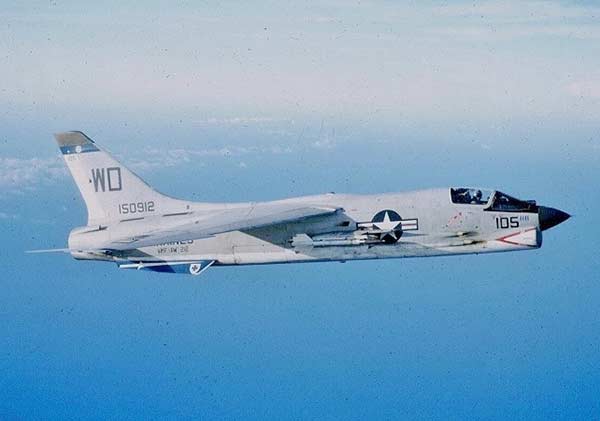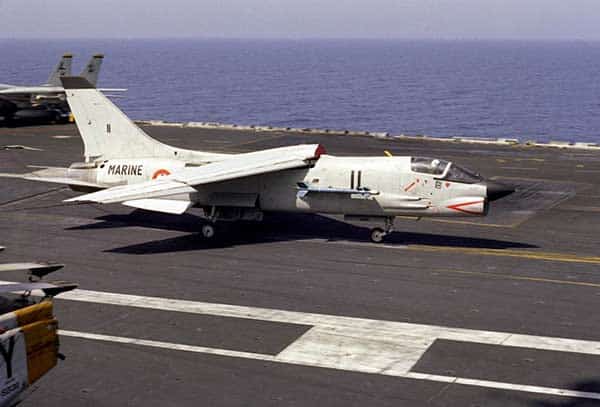The Man Who Rode The Thunder
Lt. Col. William Rankin
Man so often underestimates the power of God. Humanity has contrived the most devastating weapons. However, such stuff pales in comparison to the power of a typical midwestern thunderstorm.
Everything is Physics
I have long found thunderstorms mesmerizing. A decent afternoon anvil-head thunderstorm is objectively beautiful. However, it also encompasses some simply breathtaking raw power.
Thunderstorms result from the rapid upward movement of moist, warm air. As the hot air climbs, it is forcibly cooled. This cooling condenses the intrinsic water vapor into clouds and rain. At higher altitudes, this manifests as ice. As the ice falls and then melts, smaller droplets collide to form larger ones. As this cold liquid water plummets toward the ground, it creates powerful downdrafts. When these downdrafts strike the earth’s surface, they spread out horizontally as fearsome winds.
Lightning is an electrostatic discharge that is reliably awe-inspiring at close range. Around the globe, there are roughly 1.4 billion lightning strikes per year. Each one averages about half a second in duration. Lightning is an integral component of most thunderstorms. A typical bolt of lightning packs around 300 million volts and 30,000 amps of current.
A typical thunderstorm releases 10 to the 15th joules of energy. That’s the rough equivalent of a 20-kiloton nuclear weapon, larger than either of the bombs dropped on Japan that ended World War II. It is simply that, in the case of thunderstorms, all of that energy dissipates harmlessly into the atmosphere.
Thunderstorms come in three broad flavors: single-cell, multi-cell and supercell. All of them have discrete tops. High-performance military jets and modern airliners can typically fly over these storms with relative impunity. However, that’s a really bad place to be when your airplane breaks.
Such Ghastly Timing
On July 26, 1959, U.S. Marine Corps Lieutenant Colonel William Henry Rankin took off from Naval Air Station South Weymouth, Massachusetts, headed for Marine Corps Air Station Beaufort in South Carolina. Lt. Col. Rankin was a combat veteran of both WWII and Korea. He was flying a Vought F-8 Crusader single-engine jet fighter. The Crusader has been described as “The Last of the Gunfighters.” It was the final American fighter aircraft designed primarily to fight with cannons rather than missiles.
The Crusader was, nonetheless, an exceptionally capable machine. With a top speed of Mach 1.8 and a service ceiling of 58,000 feet, the F-8 could easily scoot above any thunderstorms Rankin might encounter en route. However, while making Mach 0.82 at 47,000 feet, some 2,000 feet above an underlying cumulonimbus thunderstorm, Rankin felt a mean bump through the airframe. Suddenly, the engine died, and the fire warning light illuminated. With the airplane now in a rapid descent, Rankin pulled his handles and ejected. He was wearing a lightweight flight suit.
Ejecting into Hell
At 47,000 feet, the ambient temperature was -58 degrees Fahrenheit. The sudden drop in pressure caused Rankin’s eyes, ears, nose and mouth to begin spontaneously bleeding. His belly distended horribly, and his extremities immediately froze. Then, he dropped directly into the thunderstorm roiling below.
Ejecting from a high-performance airplane at near-space altitudes is unimaginably violent. Airplane designers expect this. As a result, a barometric trigger deploys the ejection seat parachute automatically at around 10,000 feet. This ensures that the air is thick enough to breathe once the pilot is under canopy.
In Rankin’s case, he fell for a full five minutes before his chute opened. Vicious pressure transients within the storm had spoofed the system and spilled his canopy way higher than it should have. That’s when the real fun began.
For the next 10 minutes, Lt. Col. Rankin was trapped inside a blender. Violent updrafts rocketed him upward while massive hailstones beat him mercilessly. Uncontrolled spinning gyrations caused him to vomit. The rain came so thick that he had to hold his breath to keep from drowning. Lightning bolts that he later described as blue blades several feet wide discharged close enough to touch. One bolt arced around his parachute, producing a display so surreal that Rankin thought he had died and was facing God.
After what seemed an eternity, Lt. Col. Rankin eventually emerged underneath the storm amidst persistent sleeting rain. He subsequently made an uneventful landing in thick forest. Glancing at his watch at touchdown, he verified that his ride through the thunderstorm had taken 40 minutes.
Despite frostbite, sundry contusions, welts and severe decompression injuries, Rankin found that he had no broken bones and could actually walk. Like any good Marine, he then began searching for help and eventually ended up in a hospital in Ahoskie, North Carolina. In time, he recovered to fly again.
Ruminations
Lt. Col. William Rankin remained on active duty for another five years. In 1960, he wrote a book about his experience titled “The Man Who Rode the Thunder.” My elementary school library had a copy that I read in the fifth grade, and I still remember the details to this day.
Rankin eventually retired in 1964 with 24 years of flying service. He passed away in Oakdale, Pennsylvania, in 2009 at age 88. He is the only verified aviator to have survived a descent in a parachute through a thunderstorm. As I said, man so often underestimates the power of God.








